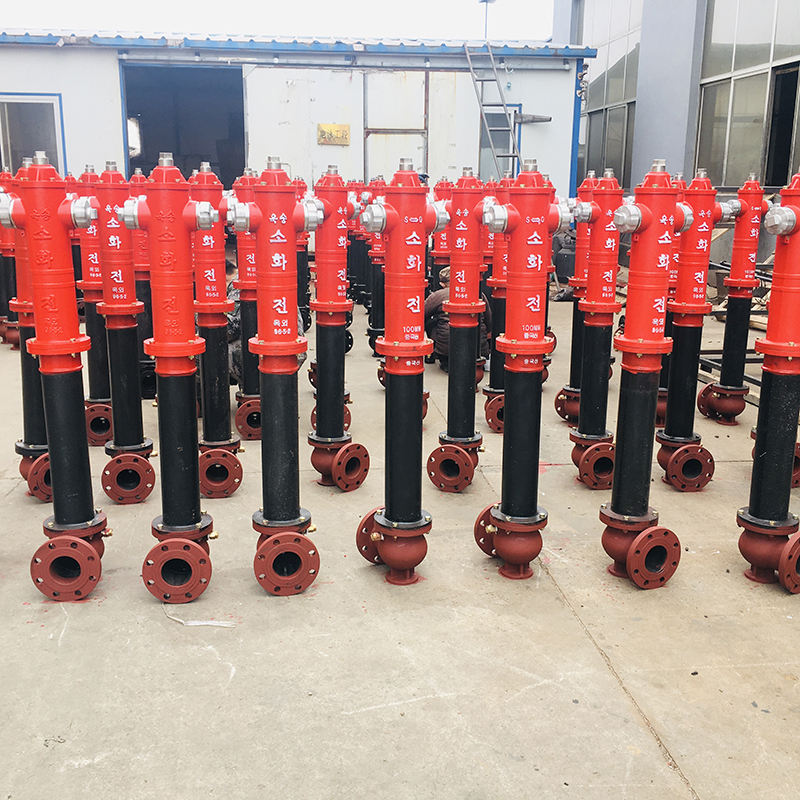The transition of Zoomlion’s external business to a joint venture with other companies marked the sole change in its operational strategy. On September 24, the "Regulations of the People's Republic of China on Foreign Cooperation in Exploitation of Onshore Petroleum Resources" was officially announced, easing the policy for coalbed methane (CBM) cooperative mining. This allowed a single company to operate independently as a foreign entity and collaborate with other domestic or international partners.
On September 18, the State Council approved the amendment of the regulations through Decree No. 506. The revised regulations now state that the "external cooperative exploitation of CBM resources," as outlined in Article 30, is managed by China United Coalbed Methane Co., Ltd. The updated version reads: "Cooperative exploitation of CBM resources shall be carried out by China National Coalbed Methane Co., Ltd. and other companies designated by the State Council, following this Ordinance." Industry experts suggest that China is open to allowing multiple companies to collaborate with foreign partners in CBM exploration, part of a broader effort to mobilize diverse resources and accelerate new energy development amid growing energy demands.
In the early 1990s, due to China's abundant CBM reserves, foreign firms showed strong interest in cooperation. However, the absence of clear legal frameworks led to an unregulated environment. The former Ministry of Coal, the Ministry of Geology and Minerals, and some local governments signed agreements with foreign companies across 12 blocks. Without standardized rules, numerous issues emerged. In response, the State Council held a special meeting and decided to implement a licensing system for CBM mining, granting exclusive rights to China United Coalbed Methane Co., Ltd., a national enterprise responsible for CBM extraction.
China, the world's largest coal producer and consumer, possesses vast CBM resources. Experts estimate that shallow CBM reserves above 2,000 meters reach 30 to 35 trillion cubic meters—more than the total land-based conventional natural gas reserves. This equates to about 45 billion tons of standard coal. In North China, where population and economic activity are concentrated, CBM accounts for roughly 62% of the total, helping to offset the uneven distribution of conventional natural gas. Developing and utilizing CBM is seen as one of the most practical and reliable strategies for boosting clean energy, reducing reliance on imported natural gas, and enhancing energy security.
Fire hydrant is a device that provides a water supply for firefighters to use in extinguishing fires. It is typically a metal pipe with a valve and a connection point for a fire hose. Fire hydrants are usually located along streets and are connected to an underground water main. When a fire occurs, firefighters can open the valve on the hydrant to release a high-pressure water supply. The water can then be directed onto the fire to help control and extinguish it. Fire hydrants are an essential part of firefighting infrastructure in cities and towns.

Fire Hydrant,Fire Hydrants Type,Fire Extinguishing Cast Iron,Fire Hydrant System
Dandong Haichuan Machinery Co., Ltd. , https://www.ddhccasting.com